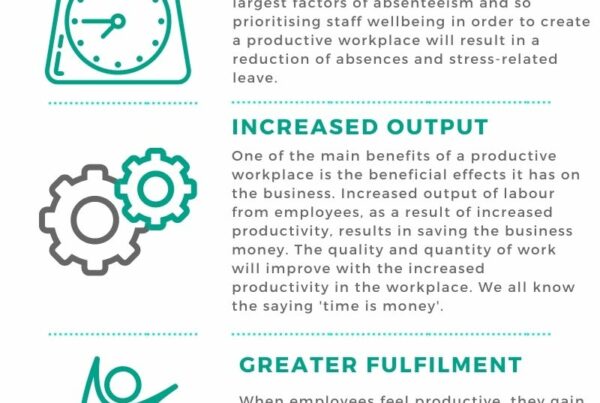Employee wellbeing is essential both for employees and organisations. Research has shown that workplace wellbeing is key to engagement, performance, and productivity and improves employees both at work and outside of it.
However, understanding the importance of employees’ well-being doesn’t necessarily mean that it’s easy for organisations to implement new strategies to support and improve employee well-being.
In this Wellspace blog, we will look at the obstacles employers might face and way of overcoming challenges to embedding employee wellbeing.
What Are The Challenges To Embedding Employee Wellbeing?
Here are some of the challenges employers can face when embedding employee wellbeing.
Attitudes or culture
New employee wellbeing initiatives and strategies can only succeed if employee wellness is central to the organisation. For example, if on paper employees can work from home, but no one in a team ever does, it would be tough for a new employee to work from home regularly.
They’d worry about missing out not being in the office or that they’d be classed as slacking off by their new colleagues.
Likewise, suppose they rethink working late or taking on the work again. In that case, the well-being may officially discourage the new employee from picking unspoken rules and the overall workplace culture.
Reactive, not proactive
Taking a reactive, rather than proactive approach to employee wellbeing often means waiting for problems to arise before taking steps to address them.
If you notice several of your employees are taking time off due to stress, you might start thinking about employee well-being strategies that could help.
However, the risk is that before you can get any initiatives or policy changes underway, you will find yourself short-staffed, which can damage your organisation and, in turn, risk more of your employees becoming burnt-out and stressed.
Some employees might even leave your organisation before you can make the necessary changes to reduce workplace stress.
One-size-fits-all
Many employers are starting to see the benefits of prioritising employee wellbeing; however, some struggle to bring this to fruition in practice.
Organisations that take a one-size-fits-all approach to employee wellness might offer simple, one-off perks to improve well-being like offering gym memberships as standard, providing free fruit for employees or allowing extended lunch hours but not every employee will be able – or want – to access these specific wellbeing initiatives, reducing their overall effectiveness.
Multiple Departments/Sites
Another challenge to embedding employee wellbeing is if you are a large organisation or need to manage and support employee wellbeing across different departments or multiple sites, including employees working from home.
This can make it more challenging to ensure that strategies are appropriate for and reach every employee and work across the board.
How Can These Challenges Be Overcome?
Education
Educating employees on well-being is a crucial step in embedding employee well-being. Understanding why well-being is so vital both inside and outside of work will help to change employees’ negative attitudes toward wellness and shift workplace culture.
Be proactive
Recognising potential issues before they become a problem allows you to put things in place before they start to impact employees and your organisation.
For example, identifying potential stressors and unhealthy work behaviours before employees become unwell or burnt-out is not only better for your employees but if it’s for your organisation too.
Regular evaluation of roles, workloads and the working environment can enable you to anticipate potential problems later down the line.
Avoid gimmicks
Embedding employee well-being requires employee wellness to be an integral part of your business strategy.
So, whilst they can offer one-off wellbeing initiatives and perks to employees such as gym passes or free flu vaccinations, these should not replace a comprehensive employee wellbeing strategy, and employers should have the importance of getting the basics right in favour of flashier alternatives.
Accessibility
To avoid the pitfalls of a one-size-fits-all approach to employee wellbeing, you must ensure that your wellness strategies are accessible to all employees regardless of their role or physical location.
So, whether an employee is full-time, part-time, office-based or remote, employee wellbeing needs to be embedded in a beneficial way for everyone and relevant to their specific needs.
Allowing staff to take extra time for their lunch isn’t necessarily benefit someone working from home. Neither is an after-work yoga class going to help a busy working parent with no childcare. Consider who your employees are and what will work for them.
Get In Touch
Well, space offers a proactive and integrated workplace wellbeing solution via a secure employee wellbeing app and integrated Wellspace portal, expert training, and events. Our employee well-being solutions are founded on psychological evidence about behaviour change and wellness to ensure meaningful outcomes for all.
To find out more about how Wellspace can help you overcome challenges to embedding employee wellbeing, get in touch today. You can also call us on 0808 178 0748 or email info@yourwellspace.com. We would love to hear from you!












